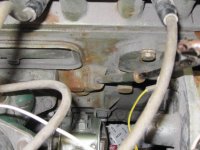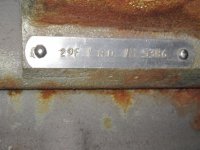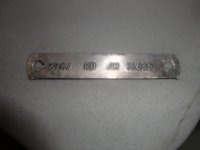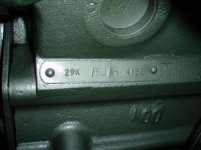The engine on the Austin Healey 3000 would not fire and had no spark. After some poking around, I discovered that one of the small black wires inside the distributor was broken, inside the cloth cover where one could not see the break. This is the wire that connects to the inside of the terminal on the distributor that connects to the positive terminal on the coil. The wire is about two inches long. I just replaced the short wire with a PVC covered #18 copper wire and the car fired right up.
Now, my question is, was that original Healey wire something special? It and other wires that I have seen used in that location seem like unusually flexible wires. Or will a short chunk of modern multiple strand copper core wire work satisfactorily in that location in the long run? If not, where can one get some of that original style wire?
Now, my question is, was that original Healey wire something special? It and other wires that I have seen used in that location seem like unusually flexible wires. Or will a short chunk of modern multiple strand copper core wire work satisfactorily in that location in the long run? If not, where can one get some of that original style wire?

 Hi Guest!
Hi Guest!

 smilie in place of the real @
smilie in place of the real @
 Pretty Please - add it to our Events forum(s) and add to the calendar! >>
Pretty Please - add it to our Events forum(s) and add to the calendar! >> 




